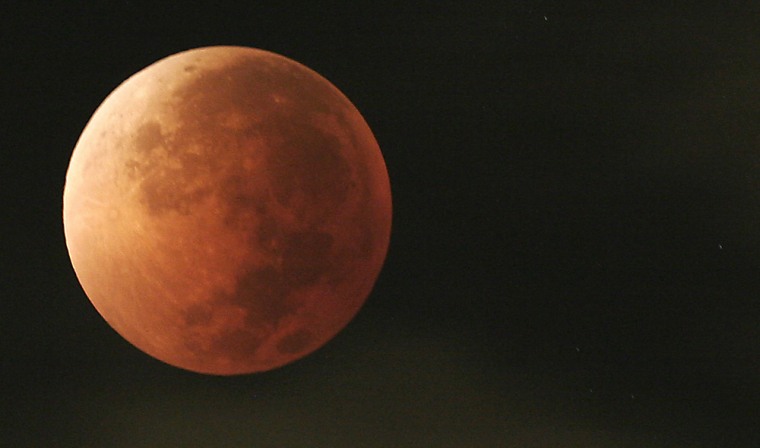Mark Wednesday, Feb. 20, on your calendar as "Lunar Eclipse Night," for if the weather is fair you should have no difficulty observing a total eclipse of the moon.
The eclipse will be visible wherever the moon is above the horizon during the time frame that the eclipse is taking place. As it turns out, North and South America will be turned toward the moon and will be in excellent position for this sky show.
Europe, Africa and a part of western Asia will also be able to see the eclipse, although for these regions the event will take place in the hours just before sunrise on the morning of Feb. 21.
All told, given clear skies, about three billion potential eclipse viewers will be able to partake in the spectacle of the full moon becoming completely immersed in the Earth's shadow.
This will be the third total lunar eclipse within the past year. The previous two favored different parts of North America, but this one will be readily visible from start-to-finish across much of the continent, weather permitting.
The total phase will last 51 minutes and begins at 10:01 p.m. ET.
Slideshow 12 photos
Month in Space: January 2014
Because some of the sunlight striking the Earth is diffused and scattered by our atmosphere, the Earth's shadow is not completely dark. Typically there are coppery red and orange hues cast over the moon at and near totality from sunlight refracted from our atmosphere around the edge of the Earth, giving the moon the appearance of an eerie glowing ball.
As a bonus, during the eclipse the moon will be situated, in our sky, near the planet Saturn and the bright bluish star Regulus in the constellation of Leo. The effect will be to create a uniquely beautiful triangle in the sky consisting of the totally eclipsed moon, a bright naked-eye planet and one of the 21 brightest stars in the sky.

